Please contribute your submission via https://mc03.manuscriptcentral.com/lam. Please mark that it is a contribution to Special Issue on Light Manipulation Based on Low Dimensional Optical Materials in the cover letter and “Manuscript Comment” field during submission.
Submission deadline: 31 December 2023
Cutting-edge optical technologies are progressing at a breakneck pace towards higher performance, quality and integration. Low-dimensional optical materials, with their unique optical and electronic properties arising from confined dimensions, have sparked a revolution in the field of light manipulation. In recent years, the study of emerging low-dimensional optical materials has flourished, such as 0D quantum dot, 1D nanowire and 2D nanosheet, as represented by 0D perovskite & chalcogenides of metals quantum dots, 1D metal & carbon nanotubes and 2D graphene & transition metal dichalcogenide nanosheets. These low-dimensional optical materials possess unparalleled physical and optical properties including linear and nonlinear optics, ultrafast relaxation times, high charge mobility, and pronounced shape/magnetic/electric/optical anisotropy. Currently, these low-dimensional optical materials have boosted a serials of novel applications in the field of light manipulation, such as ultrafast optical switches, broadband optical modulators, high-efficiency photovoltaic and electroluminescent devices, field assisted UV printing technology and metamaterial processing.
This special issue focuses on exploring the novel and advanced applications in light manipulation, based on building blocks of low-dimensional optical materials. The topic include but not limited to 1) synthesis and characterization of emerging low-dimensional optical materials; 2) advanced techniques for manufacturing nanophotonics, metamaterials, and precise lithography; 3) light manipulation for ultrasensitive modulator working on the extreme condition, high efficient light-converting nanodevices and van-de-waals heterostructured optical devices. We aspire to provide an overview as well as insightful perspectives on this dynamic field by collecting contributions from leading experts and major industry participants, in order to promote scientific breakthroughs and impactful applications of emerging low-dimensional optical materials in the optical realm of light-based manipulation.
This issue is co-edited by
Prof. Hui-Ming Cheng, Shenzhen Institute of Advanced Technology,Chinese Academy of Sciences, China
Prof. Baofu Ding, Shenzhen Institute of Advanced Technology,Chinese Academy of Sciences, China
Prof. Baohua Jia, Centre for Atomaterials and Nanomanufacturing, Royal Melbourne Institute of Technology (RMIT), Australia
Prof. Xinfeng Liu National Center for Nanoscience and Technology, Chinese Academy of Sciences, China
Prof. Wen Lei, School of Engineering, Electrical, Electronic and Computer Engineering, University of West Australia, Australia
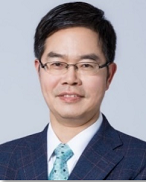
Hui-Ming Cheng, Academician of Chinese Academy of Sciences, is primarily engaged in research on new low dimensional materials for clean energy storage and generation, thermal management, light manipulation and others, which mainly include solar photocatalytic materials, carbon nanotubes, graphene, and more. Prof. Cheng has been honored with several prestigious awards, including three second-class National Natural Science Awards, the He-Liang-He-Li Science Awards. He has served as the Chief Scientist for the 973 Program and the Principal Scientist for two major nanotechnology research programs. He has also led the National Natural Science Foundation of China's Innovation Research Group Project for three consecutive terms. Currently, he is leading the Chinese National Center for Basic Science. He is the founding chief editor of Energy Storage Materials (IF > 17), and has published over 860 papers in renowned international journals such as Science and Nature, with more than 139,000 citations and an h-index of 147. He has been recognized as a highly cited scientist in the fields of chemistry and materials by Clarivate Analytics. Among the top 100,000 scientists globally, he ranks 332nd overall.
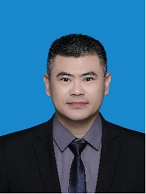
Baofu Ding is an associate professor (first-level) of Shenzhen Institute of Advanced Technology, Chinese Academy of Sciences. He received his BSc degree from Northeast Normal University and Ph.D. degree from Fudan University. He ever worked as a postdoc in the University of Hong Kong and Edith Cowan University, Australia, and research scientist in Tsinghua Shenzhen International Graduate School from Tsinghua University. His research interests include inorganic and organic semiconducting materials and related optical device physics, particularly include new type of 1D/2D material based inorganic liquid crystals. He has published first- or corresponding- author papers in Nat. Nanotechnol., Nat. Commun., Light Sci. & Appl., Adv. Mater., J. Am. Chem. Soc., etc. He is one of four core members of Innovation and Entrepreneurship Team (Guangdong Pearl River Talent Program) and ever received Shenzhen Peacock Overseas Talent Awards

Baohua Jia joined RMIT as an Australian Research Council Future Fellow and the inaugural Director of Centre for Atomaterials and Nanomanufacturing in School of Science. Before joining RMIT, Prof. Jia was the Founding Director of Centre for Translational Atomaterials at Swinburne University of Technology. She received her BSc and MSc degrees from Nankai University, China and PhD from Swinburne University of Technology, Australia. Prof. Jia’s research focuses on the fundamental light and nano- and atomaterial interactions. Her work on laser manipulation of two-dimensional materials has led to the design and fabrication of functional nanostructures and nanomaterials for nanoprinting using ultrafast laser towards fast-speed all-optical communications and intelligent manufacturing. She has published over 300 highly impact journal papers with over 13,600 citation. She is a Fellow of Optica and Fellow of Institute of Materials, Minerals and Mining (IMMM).
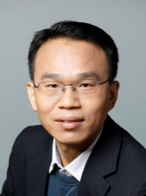
Xinfeng Liu is a professor at the National Center for Nanoscience and Technology (NCNST), China. He received the Ph.D. from NCNST in 2011. After that, he joined SPMS of Nanyang Technological University (NTU), as a postdoctoral research fellow. His current research interests mainly focus on light-matter interactions at the mirco- and nano-scale, including nano-photonics, nonlinear optics and ultrafast spectroscopy. He has over 240 peer-reviewed publications, including Science, Nature Mater., Sci. Adv. Nat. Commun., Adv. Mater. etc, with citations over 17300 and 5 book chapters. He is the peer reviewer for Nature Nanotech., Sci. Adv., Adv. Mater., etc. He now served as editorial board of Journal of Physics: Photonics, Materials Today Physics, Nano Materials, Young editorial board of InfoMat, Frontiers of Physics. He also served as the Early career Research Board Member of Materials Today Sustainability.
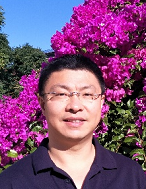
Prof. Wen Lei is a Professor, an ARC (Australian Research Council) Future Fellow, the Program Chair of EEE and the Chair of the IEEE Western Australia Joint ESP Chapter (Electron Devices Society, Solid State Circuits Society, and Photonics Society) at the University of Western Australia. His current work mainly focuses on semiconductor optoelectronic materials, devices and system applications, as well as novel semiconductor nanomaterials and devices. He has published more than 130 research articles in Phys. Rev. Lett., Adv. Mater., and others. He was awarded a number of research honors including “2019 Best Paper of the Year Award for the Journal - IEEE Transactions on Very Large Scale Integration Systems” and “Best Paper Award for 2019 IEEE International Conference on Artificial Intelligence Circuits and Systems”. He is/was also an associate editor/editorial board member for several international scientific journals.







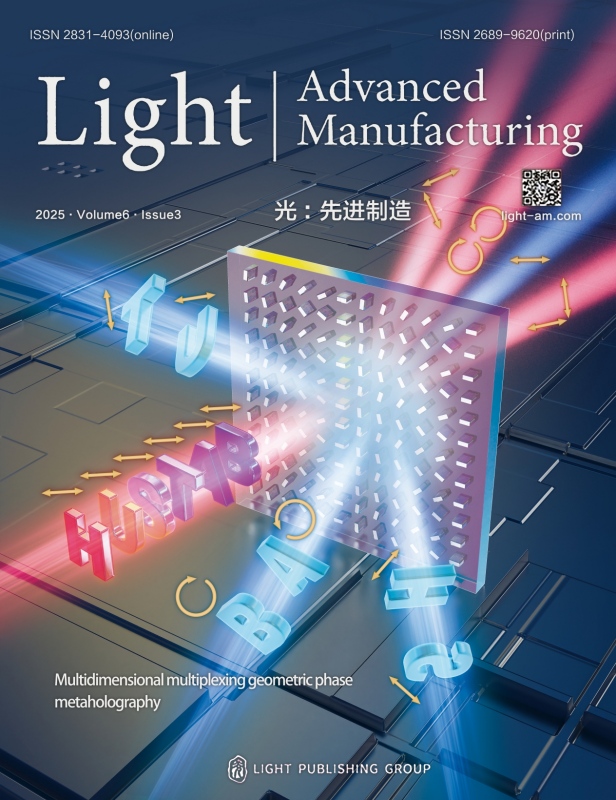

 Email
Email RSS
RSS